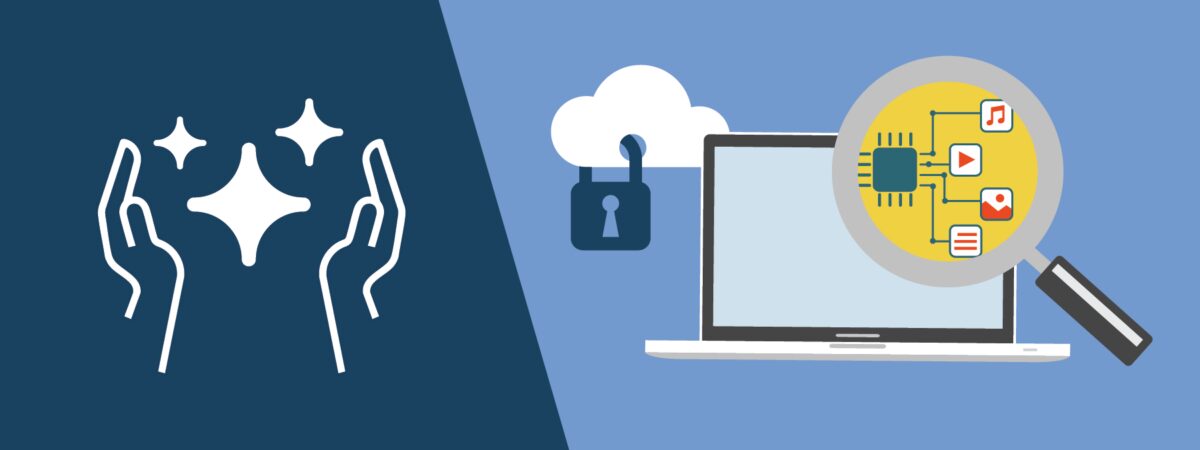
In April, Digital Promise launched its newest product certification, Responsibly Designed AI, which helps districts make more informed procurement decisions. At a time when many edtech solutions are rapidly integrating artificial intelligence (AI) capabilities, it’s important for developers to think critically about how they are doing so responsibly. This blog is the second in a series of four posts exploring how edtech can be powered by AI in ways that best support educators’ and learners’ pedagogical needs, agency, and safety. Each blog post is written by an edtech developer whose product was among the first cohort to earn the Responsibly Designed AI certification. Read the first post here.
From day one, I’ve advocated for responsible AI design and had the privilege of leading a team of world-class engineers, linguists, and product experts in building SoapBox Labs’ voice AI, developed specifically for children’s speech and recognized globally for its privacy and fairness. Now, as part of the Curriculum Associates family, I’m focused on bringing our voice AI to the award winning i-Ready® reading and mathematics program, which currently supports 14 million students across the United States.
Being an advocate for responsible AI has always felt urgent, but never more so than now, as AI tools become part of everyday classroom life.
With growing adoption comes responsibility—not just to innovate, but to ensure the tools we build serve all students and teachers ethically and transparently.
Dr. Amelia Kelly
That’s why I believe Digital Promise’s new Responsibly Designed AI certification— developed collaboratively with nearly 40 administrators, educators, and AI researchers to establish clear standards for AI in education — is so important. This certification helps schools and districts identify tools that have been designed to serve all students fairly and securely.
At SoapBox Labs, this work is already deeply embedded in our process. We built our voice AI from the ground up for education, to accurately understand children’s unique and varied voices, and support their literacy journeys. My team rigorously tests our models, continuously assesses the validity and fairness of our data, and questions our processes to continue to build technology that works for all children.
Responsible design in AI has always been at the heart of everything we do. In 2022, SoapBox Labs became the first AI company to earn the Edtech Equity Project’s Prioritizing Racial Equity in AI Design certification, a part of Digital Promise’s product certification ecosystem.
This recognition didn’t just acknowledge the years my team and I have spent developing accurate voice AI for all children; it also signaled to the edtech industry that representation in AI design matters. It showed me our work was gaining the traction needed to help educators, parents, and students navigate the risks of AI in classrooms—and to make informed, evidence-based choices about the technology they trust.
This year, we earned our second Digital Promise product certification—Responsibly Designed AI—which once again recognized our unwavering commitment to responsible AI in education.
I hope that more companies will see this certification not as the finish line but as the starting point. In education, where the stakes are so high, we have a shared responsibility to build the guardrails before AI tools ever reach a classroom. If teachers and school leaders can trust AI, they’ll adopt it and use it to improve outcomes for every student.
Earning Digital Promise’s certification affirms that our voice AI meets rigorous standards for data privacy, algorithmic fairness, and transparent design. But for me, living up to the promise of AI in education also means making a meaningful impact on teaching and learning. Our approach is grounded in the following three key commitments:
AI should support teaching and learning in the classroom and deliver better student outcomes. If it’s not making a clear, measurable difference for teachers and students, it’s not doing its job.
I am committed to being clear about what we’re building, how it works, and the impact it has on learning. When educators can see how the technology works and the difference it makes, they’re far more likely to trust and use it.
Our voice AI is grounded in evidence. Rigorous research and ongoing testing ensure that it’s not only innovative but accurate, reliable, and worthy of a place in the classroom.
This back-to-school season, I’m excited to pilot our voice-enabled literacy solution with students and teachers. I believe the best innovations come from listening to the educators and students we serve, and this early feedback will help us understand how well our voice AI can support classroom needs and how we can make it even better.
I’m proud of our team and what these certifications represent, but I’m even prouder of what they validate: a decade-long commitment to designing AI the right way. That means listening to educators, prioritizing fairness and privacy, building with care, and holding ourselves to the highest standards of transparency and integrity.
I believe our duty as builders, researchers, and partners in education is to develop AI tools thoughtfully and responsibly—tools that genuinely support teachers and help every child thrive now and into the future.
New technologies will continue to emerge. Classrooms will continue to evolve. Responsible design in AI isn’t a one-time achievement. It’s an ongoing practice I’m committed to every day.